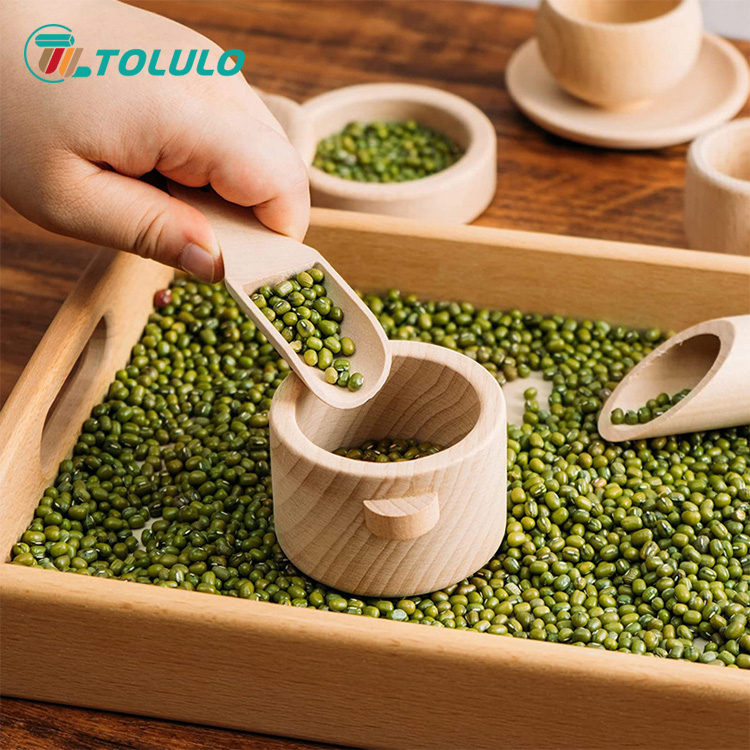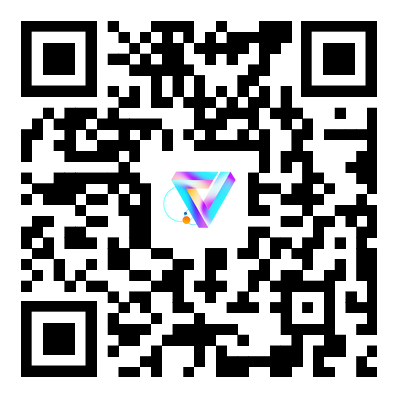Here are some examples of Montessori educational toys
2024-01-31
Montessori educational toys are designed based on the principles of the Montessori method, an educational philosophy developed by Dr. Maria Montessori. The Montessori approach emphasizes hands-on learning, independence, and the development of a child's natural curiosity. Montessori toys are often simple, made from natural materials, and encourage open-ended play. Here are some examples of Montessori educational toys:
1. Montessori Sensorial Materials:
- Items that stimulate the senses and help children refine their sensory perceptions. This could include activities like sorting by size, shape, or color.
2. Wooden Building Blocks:
- Simple, natural wooden blocks that encourage creativity and imaginative play. Children can build structures, learn about balance, and develop spatial awareness.
3. Puzzle Maps:
- Wooden maps that represent different countries or continents. These help children learn geography in a tactile way and understand the concept of different regions of the world.
4. Math Manipulatives:
- Montessori math materials often include things like number rods, counting beads, and spindle boxes. These tools help children grasp mathematical concepts through hands-on experience.
5. Language Development Tools:
- Montessori language materials focus on building vocabulary, reading, and writing skills. For example, movable alphabets made of wood can help children learn letter recognition and spelling.
6. Practical Life Materials:
- Everyday items scaled down for children to use independently. This could include child-sized brooms, pitchers, or utensils, promoting practical life skills and fostering independence.
7. Sensorial Toys:
- Items that engage children's senses, such as touch, sound, and sight. This can include things like textured fabrics, musical instruments, or sensory bins with various materials.
8. Nature Exploration Kits:
- Kits that encourage outdoor exploration, such as magnifying glasses, bug viewers, or gardening tools. These promote a connection with nature and curiosity about the environment.
9. Art and Craft Supplies:
- Simple art materials like crayons, colored pencils, and natural craft supplies that allow children to express themselves creatively.
10. Open-ended Play Materials:
- Toys that can be used in various ways, fostering creativity and imagination. Examples include play silks, wooden figures, or simple dolls.
Remember, the key to Montessori toys is often simplicity and versatility. The focus is on providing children with tools that allow them to explore, learn, and develop at their own pace. When choosing Montessori educational toys, consider the child's age, interests, and developmental stage to ensure a good match for their learning needs.



